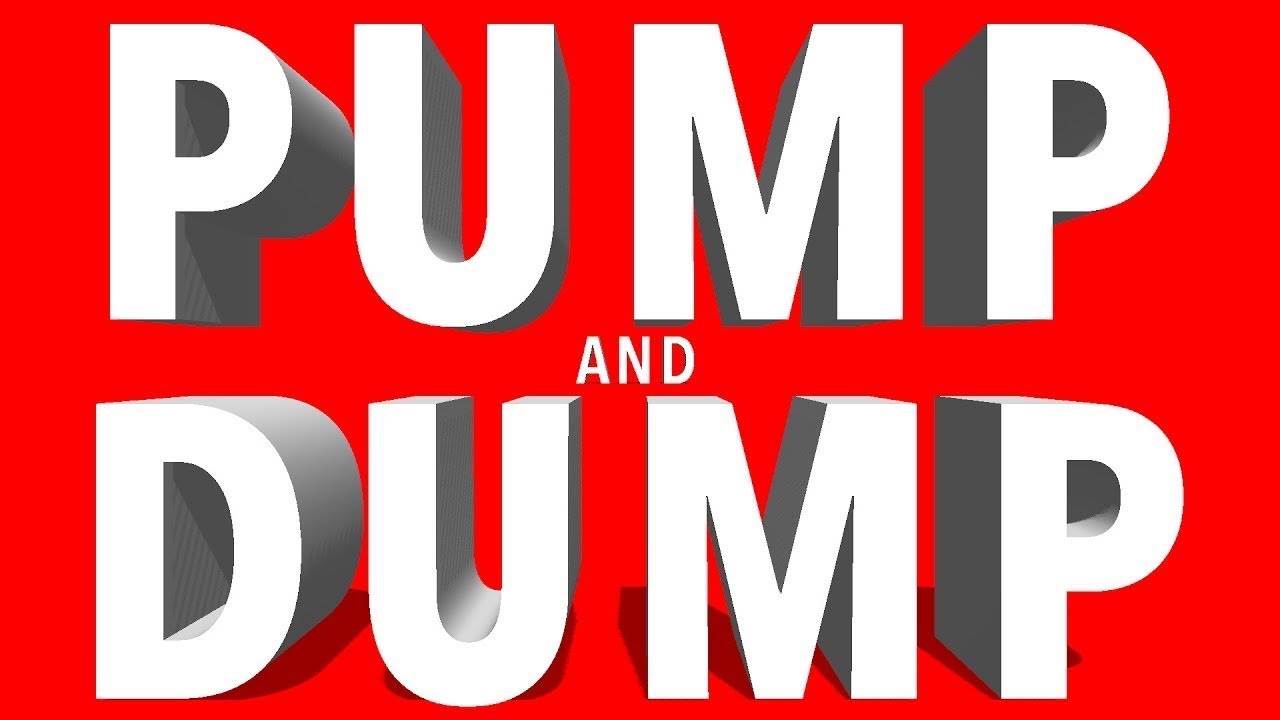
Thomson Reuters: Are you ready for blockchain?
Blockchain reached a critical milestone in 2017 when it peaked on research firm Gartner’s closely-watched hype cycle, a ranking of fledgling technologies based on how the market perceives them and how far they are away from mainstream adoption. In bestowing this status on the technology, Gartner predicted that blockchain is still five to 10 years away from going mainstream, writing:
To put that hype in perspective, a keyword search for the word “blockchain” on the major press release distribution services, PR Newswire and Business Wire, turns up a total of 1,970 press releases issued in the first three quarters of 2017.
Everyone is talking about blockchain, but who’s really doing something with the distributed ledger technology?
That list is decidedly smaller, but the real-world applications of this technology that are being developed, tested, and – in some cases – rolled out to the marketplace will play a critical role in shaping the future of blockchain development and determining just how quickly the technology goes mainstream.
To help demystify some of this rapid-fire new technology development, which received about $1.4 billion in new investment last year alone, this report will outline some of the key blockchain projects that are currently in the works, share insights on real-world application of the technology across different industries, and weigh in on some of the most promising use cases that will be first to move beyond the hype cycle and into our everyday workflows.
But before any of that will really make sense, some baseline background on blockchain is required. In its simplest possible form, blockchain is a digital platform for recording and verifying transactions. It traces its roots to bitcoin, the digital “cryptocurrency” created in a 2009 white paper written by an unknown author(s) using the pseudonym Satoshi Nakamoto.
The paper outlines the process of creating a purely peer-to-peer version of electronic cash that can be sent directly from one party to another without going through a financial institution. The key to maintaining the integrity of that system is a digital ledger that time-stamps transactions by logging them into an ongoing chain of record, providing proof of all transactions on the network.
This unbreakable, un-hackable, crowd-sourced chain of record is the blockchain.
Because it is decentralized and theoretically lives forever digitally, the blockchain record provides a standardized accounting of all touch points in any transaction. That means contracts, financial transactions, bills of lading, property titles, and tax filings that are the defining structures of our economic system could be seamlessly digitized and recorded forever in an open, distributed ledger.
Accordingly, blockchain has been touted as everything from a replacement for conventional stock exchanges to a new distribution mechanism for digital music, but most viable uses for the technology are decidedly more practical.
Some of the most promising blockchain use cases currently in development include financial instrument and trade identification, data delivery, payment systems, land registration, contract law, and even identity verification.
Read more HERE

Subscribe to our freeNewsletter
Subscribe to our mailing list to get more free math analysis of Crypto market. Who knows, maybe mathematics leads you to a full understanding of financial markets :)
Congratulations on your choice and we are grateful for your decision!




